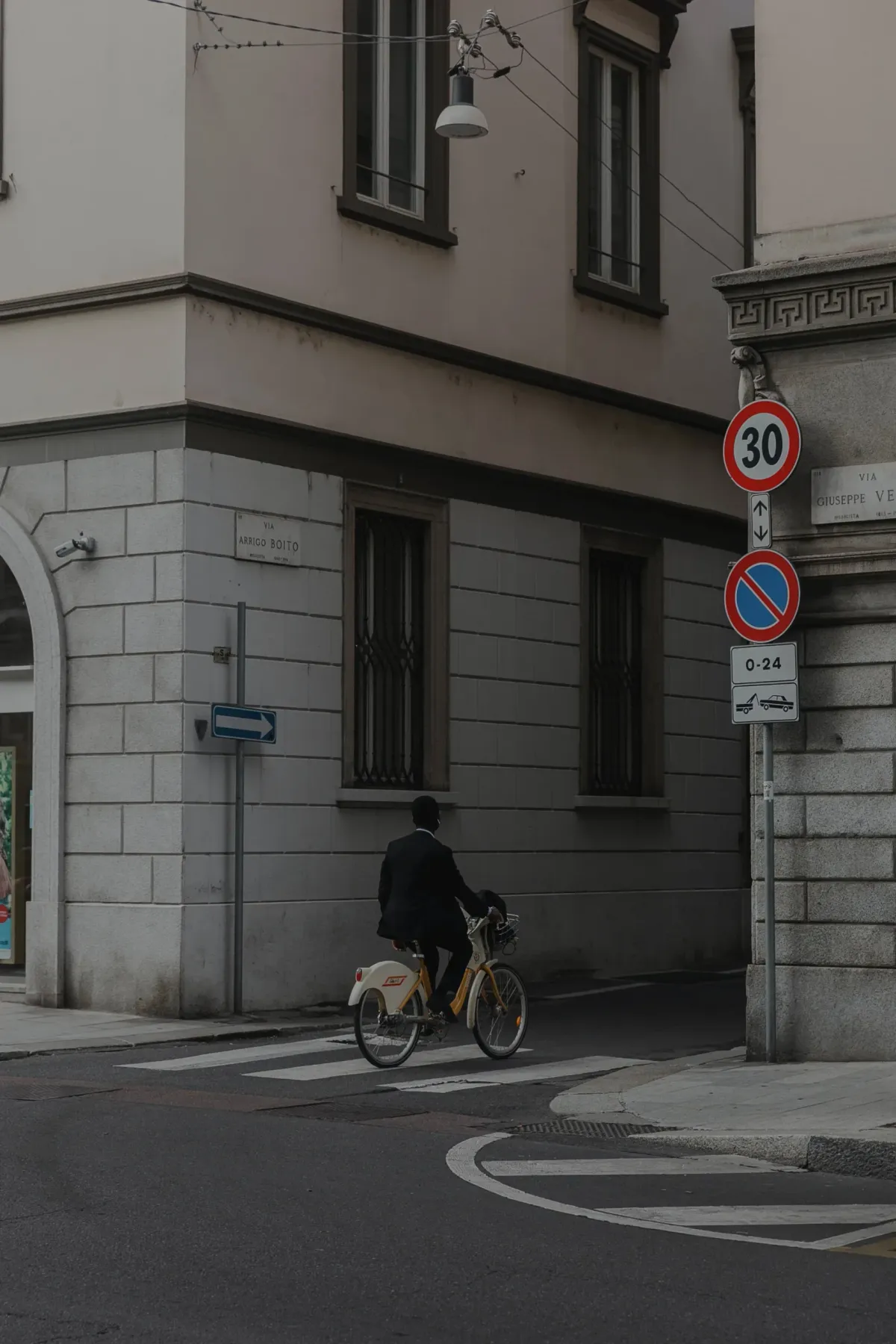The Rise and Plateau of America's Bike Boom: Challenges and Opportunities

Once pedaling vigorously on the upswing, America’s historic bike boom appears to have shifted gears down to a cruising pace, according to a recent report from Streetlight. The enthusiasm that once saw a wave of cyclists embracing the roads seems to be simmering down, hinting at a plateau in the boom that commenced notably during the pandemic.
The Rise and The Plateau
The COVID-19 pandemic was, strangely enough, a catalyst for Americans to rediscover cycling. As gyms shuttered and team sports halted, bicycles emerged as a viable means for individuals to keep fit while adhering to social distancing norms. Moreover, with fewer cars on the roads, cycling emerged as a safer and more enjoyable endeavor. The outcome was a resurgence in bicycle sales and a swarm of cyclists taking to the streets.
However, the recent report indicates a leveling off in this uptick. The trails and bike lanes aren’t buzzing as they were, and the surge in bicycle sales is now a tale of the past.
What Led to The Dip?
Several factors can be at play regarding this tapering enthusiasm. The reopening of gyms and resumption of organized sports offers alternatives to cycling for maintaining physical fitness. The return of vehicular traffic as restrictions ease makes cycling on roads less appealing and arguably more dangerous. Additionally, the initial novelty and the allure of trying something different could be wearing off for some individuals.
Infrastructure and Safety Concerns
One significant deterrent to continuing the cycling trend is the lack of adequate infrastructure to ensure the safety and convenience of cyclists. Sparse bike lanes, insufficient bike racks, and the absence of proper signage can dissuade even the most ardent cycling enthusiasts. Additionally, the uptick in road traffic as normalcy resumes post-pandemic raises safety concerns. Without substantial investment in cycling infrastructure, sustaining the bike boom could remain a pipe dream.
The Road Ahead
The flattening curve of the bike boom is a call to action for urban planners and local authorities. It emphasizes the necessity for improved cycling infrastructure, better safety measures, and public campaigns to promote cycling as a sustainable, healthy, and enjoyable mode of transportation. The bike boom has shown that when the conditions are right, people are eager to cycle. Now it’s up to our cities to keep the momentum rolling.
The challenge ahead is clear: to transform this temporary boom into a permanent shift towards a cycling culture. It’s a tall order but one that bears the promise of healthier individuals and more sustainable cities. As the dust settles post-pandemic, will we pedal forward towards a cycling renaissance, or will the wheels of progress come to a standstill? Only time, and perhaps a nudge from policy and infrastructure, will tell.





